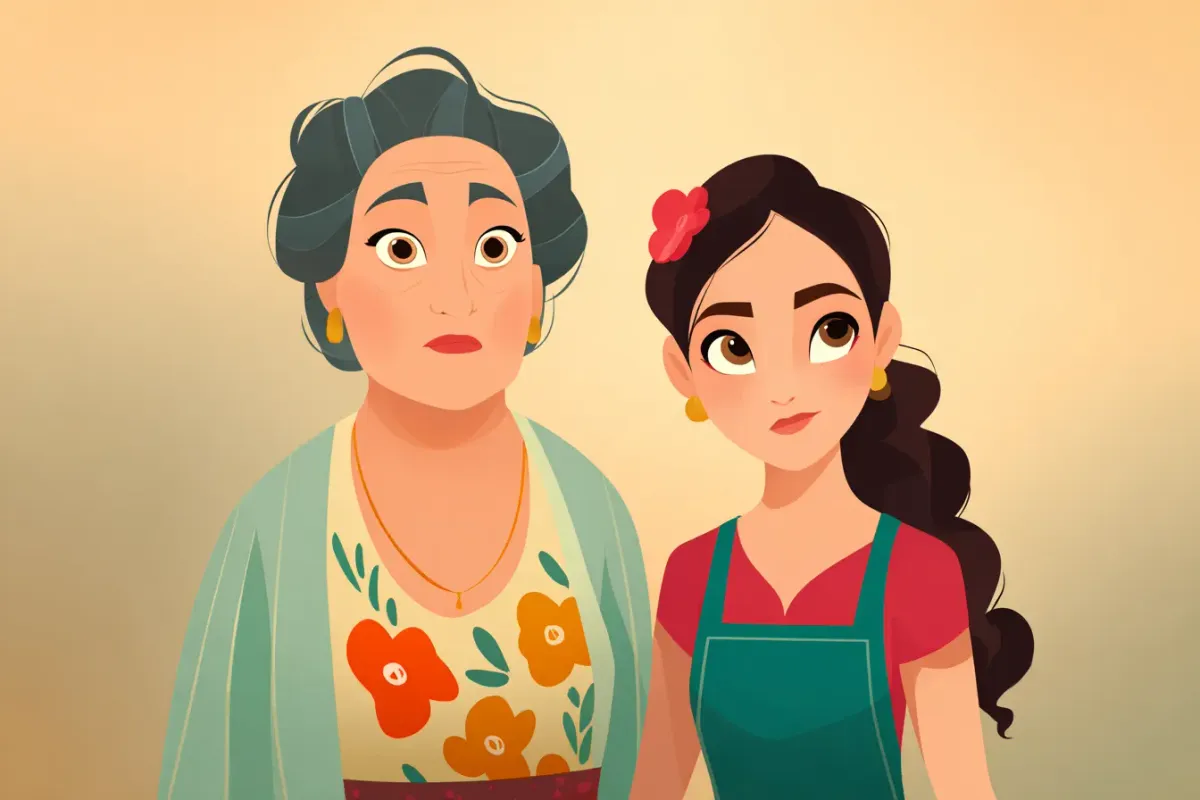When you learn Spanish, sooner or later you’ll face the question: should you say señora or señorita? Both words seem polite and yet choosing the wrong one can make you feel unsure of yourself. Don’t worry, this is a classic moment for every learner, and the good news is that the difference isn’t as scary as it looks.
A Quick Look at the Basics

That’s the general picture, though how people actually use them depends a lot on culture and context.
From Tradition to Today
For a long time, señora referred to a married woman in Spanish, while señorita was the word for younger or unmarried women. That’s why textbooks often lined them up neatly with “Mrs.” and “Miss.”
But social habits change. These days, the difference between señora and señorita is not only about marital status. Many women prefer señora because it feels more confident, professional, and age-neutral. Others see señorita as charmingly polite, but it can also sound old-fashioned or even patronizing if used with a grown woman who sees herself firmly as señora.
The reverse is just as awkward: calling a university student señora may come across as adding years she doesn’t feel she has yet.
Everyday Use and Abbreviations
On paper, Spanish keeps things short: the señora abbreviation is Sra., and the señorita abbreviation is Srta. You’ll often find these in invitations, business correspondence, or polite emails.
And for translation, señora in English usually comes out as “Mrs.” or “ma’am,” though in some cases it simply means “lady.” For example:
- Disculpe, señora, ¿me puede ayudar? → Excuse me, ma’am, can you help me?
Which One Should You Use?
When in doubt, choose señora. It’s respectful, widely accepted, and works in most situations. Señorita fits well for teenagers and very young adults, or in formal introductions where tradition still holds, but it’s less common in everyday speech.
And of course, the simplest rule of all: follow the woman’s own preference. If she introduces herself as Señora Martínez, that’s your answer.
FAQ
1. Can a woman feel offended if I call her señorita instead of señora?
In most cases, no. Spanish speakers usually appreciate the effort to be polite. However, some adult women may find señorita outdated or diminishing, since it traditionally implied being young or unmarried. Using señora with adult women is generally safer.
2. Is there a neutral alternative to avoid choosing between señora and señorita?
Yes. In professional or modern contexts, many people simply use a woman’s full name without any title, for example, María López instead of Señora López. This avoids assumptions about age or marital status and feels more neutral.
3. Do men in Spanish have two different forms like señora and señorita?
No. Men are always addressed as señor, regardless of age or marital status. This is one reason some women prefer señora, since it puts them on equal footing with men in terms of formality.


















